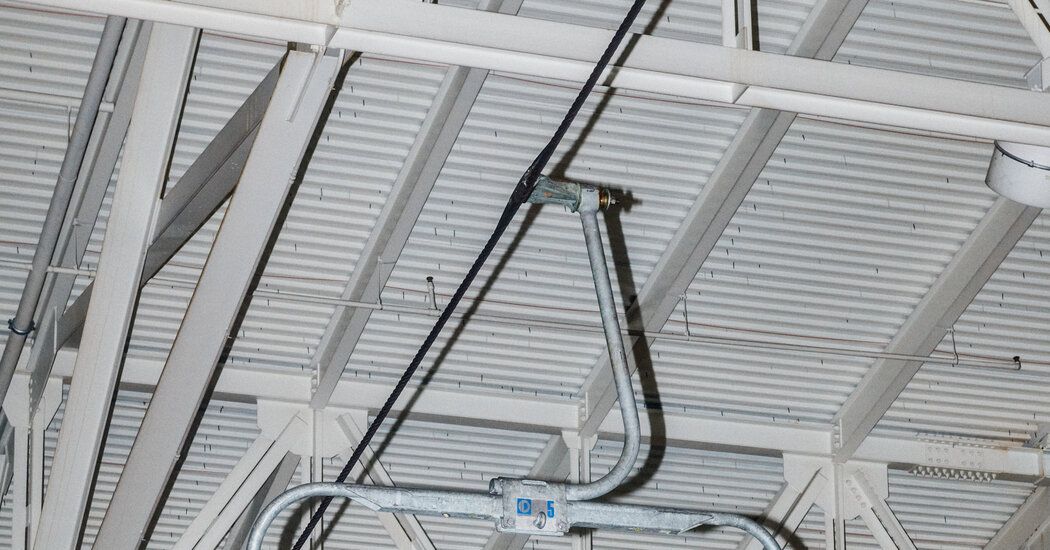
The company is now fighting to keep its cherished (and most profitable) season alive, but is also forced to hedge for the heat. Though it wants to save snowboarding, it also knows it needs to transcend it. Burton is attempting this tricky balance through a combination of environmental practices, promoting policies to protect winter, and efforts to diversify and expand snowboarding, which has long been dominated by a white and largely affluent ridership.
‘We Cannot Ignore It’
In 1977, Jake Burton Carpenter founded Burton out of his Vermont barn. Donna Carpenter now owns the company, taking it over after her husband’s death in 2019. In August of last year, Bloomberg reported that the private, family-owned company was exploring a sale, though Ms. Carpenter later denied it.
The Green Mountains in Vermont are far smaller than the peaks out west, but the state has been credited with popularizing snowboarding. In 1983, Stratton Mountain, in southern Vermont, became the first resort to welcome snowboarders, then developed training programs for them. The idea for the gravity-defying halfpipe — a long U-shaped feature, borrowed from skateboarding, that flings snowboarders high into the air — was developed in the state. Many of the sport’s top athletes were reared there, too.
Through the aughts, Vermont winters were reliably cold, and snowstorms were common. Each time 24 or more inches fell, Mr. Carpenter gave his employees in Burlington, Vt., the day off to hit the slopes.
Now a new form of winter is taking hold, one plagued by warm snaps and rain. A recent assessment from the University of Vermont warned that, by 2080, the state’s ski season could be shortened by a month. As good storms become less reliable, Burton has loosened its snow day rules, and now shuts down if a foot or more is projected.






